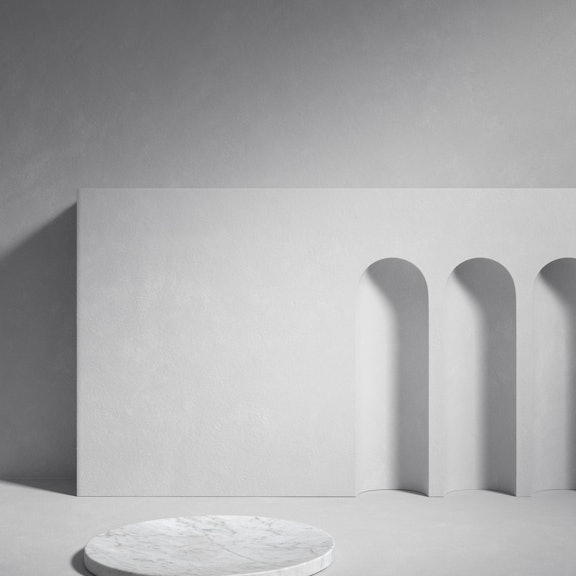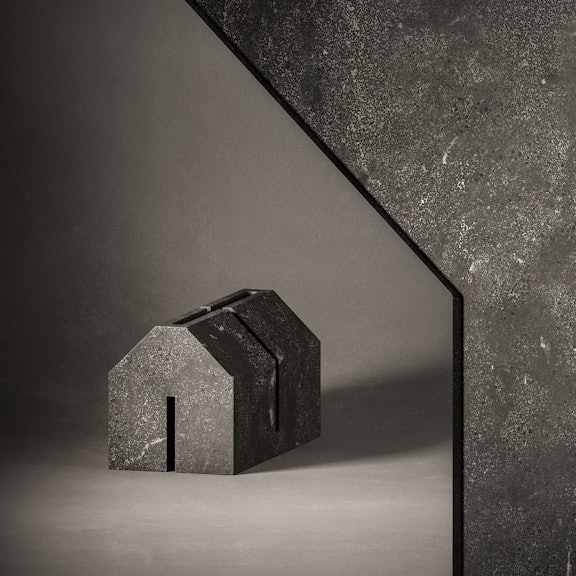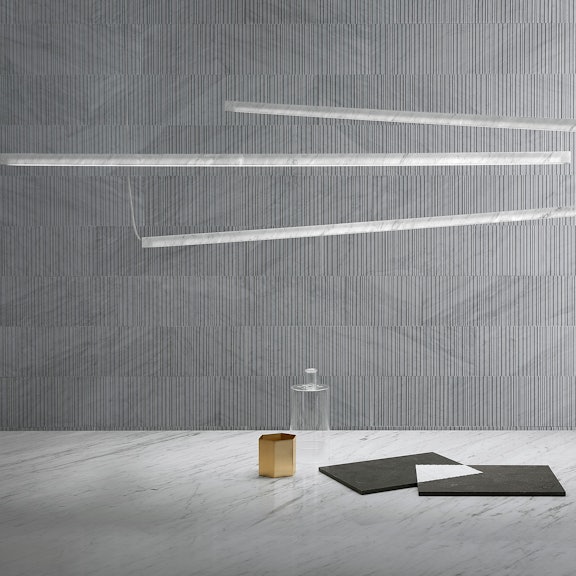The timeless appeal of minimalist interior design
09.2022
Minimalism remains in vogue, perhaps more so now than ever before. We take a look at what lies behind its enduring appeal
Characteristics and advantages of minimal interior design minimal
If you appreciate neat, functional interiors where your mind is not assailed by clutter, allowing you a respite from the hectic demands of everyday life, you are bound to appreciate minimalist style. While it has a long tradition, it has come back into vogue in recent decades, perhaps as an unconscious response to the hectic pace of life, as we look for a soothing antidote.
In this article, we take a look at the characteristics of minimal interior design, along with its practical and spiritual benefits, and as always, we offer some examples of products that express its philosophy.
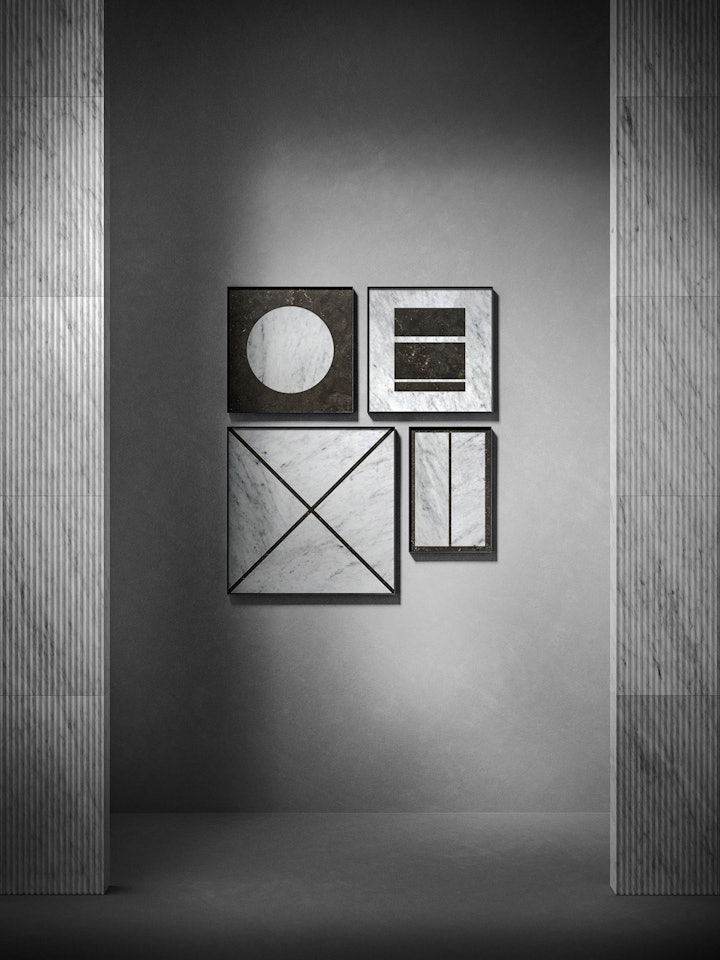
The origins of minimalism
“Less is more.” How often have we heard this mantra across a variety of spheres, from fashion to advertising to speech writing? Its origins, however, lie in art as an invitation to remove the superfluous and showcase the essential. In fact, we can go back as far as Michelangelo who famously remarked that he only ‘chipped away at the stone that was in excess’. This philosophy went on to be adopted in architecture and, if Ludwig Mies van der Rohe was by no means the first to talk about it, back in 1947 he was most definitely the person who brought the “less is more” dictum into wider use.
Minimalism as a movement developed between 1960 and 1970 in the United States, a far cry from the emotional impact and expressive energy of pop art. It promoted a geometric approach that explored modular structures and the use of contemporary materials. But it wasn’t limited to architecture, finding favour with illustrious painters, sculptors and writers who adopted the principles of impersonality and reduced reality.
Its power transcends time, so much so that minimalism and its derivatives such as reductionism are still relevant and current today. With that said, let’s take a look at its defining elements.
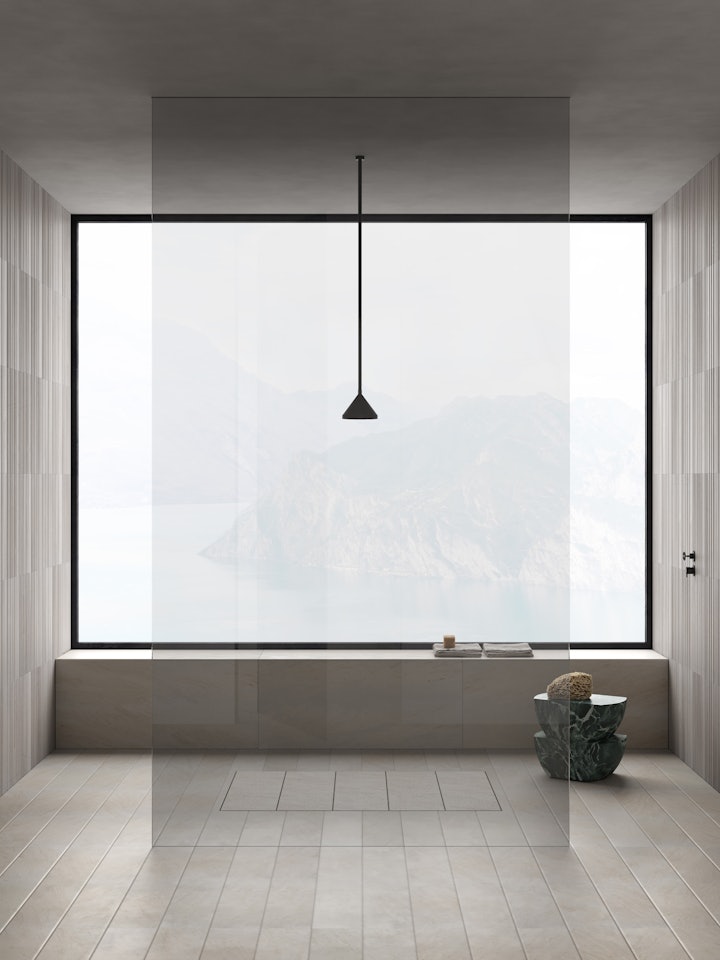
The characteristics of minimalism
As mentioned above, minimalism is a process that reduces décor to its essentials, both in terms of the number of items of furniture and furnishings, and when it comes to the lines and forms of its pieces. The idea is to focus on only what is absolutely necessary, with function as the starting point of any object, which is then represented in a way that ensures it is not only useful but also pleasing on the eye.
The next defining aspect is a continuous quest for the best materials, combining quality and the latest technologies. A minimal interior design scheme doesn’t mean paring back something to the point it becomes basic, but instead, enhancing indispensable objects.
Alongside the process of simplification and clean shapes, we can add a tendency towards neutral colours that don’t jar visually. Natural, subdued tones underline the sense of order and neatness to create airy, soothing spaces.
Minimalism often goes hand in hand with an architectural style that integrates buildings and their surroundings, creating a visual and conceptual continuity between views and exteriors and between exteriors and interiors. The upshot of this is that because there is a constant dialogue between our surroundings and our state of mind, this soothing continuity offers a number of practical and spiritual benefits.
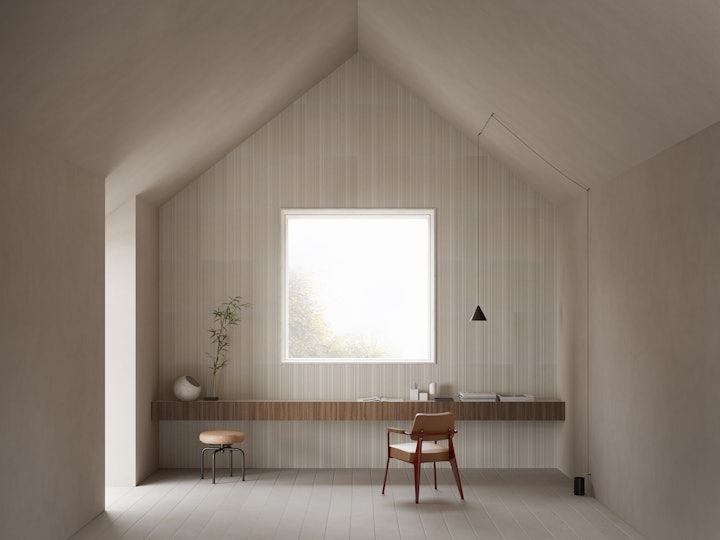
The benefits of minimalism
Minimalist interior design is synonymous with well-balanced, restful spaces which act as havens from the frantic pace of the world outside and help restore a sense of inner calm.
Then, we should always remember that the aim of minimalism is to condense a number of practical aspects into as few elements as possible, making for multifunctional environments. In short, it is the ideal style for both home décors and workspaces where neatness and lack of clutter and distractions foster productivity.
We can also add another advantage which is that cleaning becomes far easier with fewer items of furniture and accessories to manoeuvre around.
All these factors make minimalism particularly suitable if you are a fan of order, whether that be visual or mental. It can also be conducive to a certain type of lifestyle, ie one which is based around an appreciation of the essential things in life. Removing chaos and confusion created by excess and clutter allows us to focus on the truly important objects and those that make us feel good.
-(1)_banner-story-bagni-total-look.jpg?fp-x=0.5&fp-y=0.5&auto=format&w=720&h=540&fm=jpeg&q=70&fit=crop)
How to decorate a home in minimalist style
So, drawing on the characteristics we’ve looked at above, it becomes relatively easy to identify the key rules for a minimalist interior décor.
Choose pared-back, simple furniture. Opt for clean, elegant lines and avoid frills and unnecessary adornments.
Eliminate anything superfluous. In other words, choose functional items of furniture and keep decorative ornaments to an absolute minimum. This doesn’t mean, however, being so ruthless as to completely exclude anything not purely functional, but to avoid creating clutter.
Opt for neutral colours. Bright or gaudy palettes risk overtaking the space and fighting for attention, which is why it’s best to settle on lighter, more subtle tones.
Choose natural materials. While minimalism draws on cutting-edge materials and techniques, it is also about creating a decor with as few components as possible.
Quality, not quantity. It’s always better to choose just a few special elements that express quality and taste through the materials they are made of and their design.
Let’s now take a look at some examples.
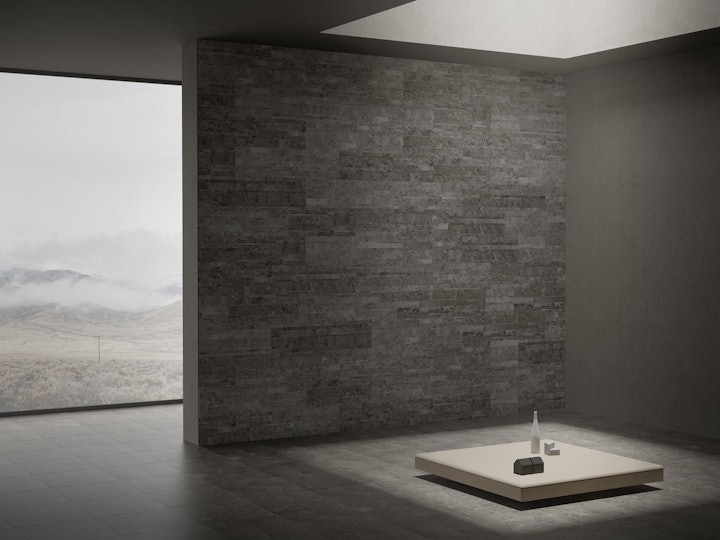
How to create a minimalist décor in Salvatori style
Salvatori’s approach is all about elegance and a timeless aesthetic, and that means avoiding too many trimmings or anything that can detract from the innate beauty of an object and the material it is made of. It’s also why we choose to work with designers who embrace minimalism.
This of course, includes John Pawson who we have talked about in relation to minimalism in architecture. Often referred to as the master of minimalism, his products never fail to transmit a sense of calm and spirituality.
His Omphalos coffee table is the perfect example with its stone form that simultaneously exudes solidity yet a sense of lightness. Then there is his Ellipse collection of homeware items in Bianco Carrara and the House of Stone that he created for The Village collection, and which is a miniature version of the iconic installation he designed for Milan Design Week 2010.
We apply the same minimalist philosophy to our bathroom accessory range. From toothbrush holders to towel rails, we have designed all you need to complete your bathroom look in understated style.
After all, minimalism is seen in even the smallest detail. To recap, it’s all about less is more, a few elements, but ones which are extremely functional. Clean, understated lines and practicality are the key characteristics, ensuring a sense of order and harmony. If you are a fan of this approach and would like to introduce it to your own home, we invite you to get in touch and request a complimentary consultation with one of our experts.

.jpg?fp-x=0.5&fp-y=0.5&auto=format&w=576&h=768&fm=jpeg&q=70&fit=crop)
.jpg?fp-x=0.5&fp-y=0.5&auto=format&w=576&h=768&fm=jpeg&q=70&fit=crop)
